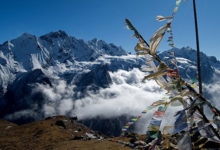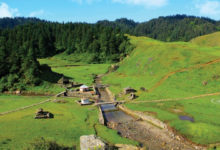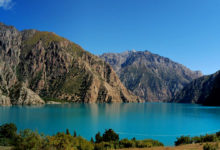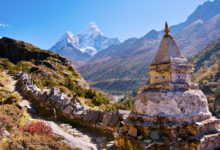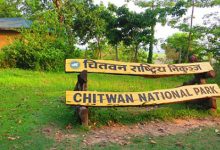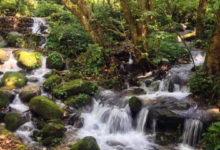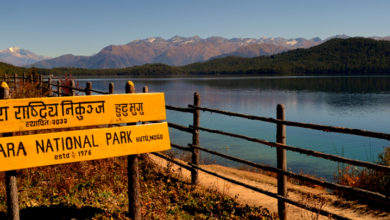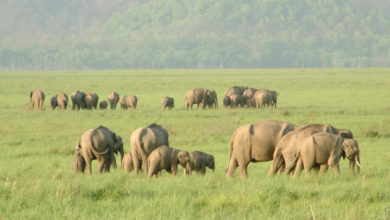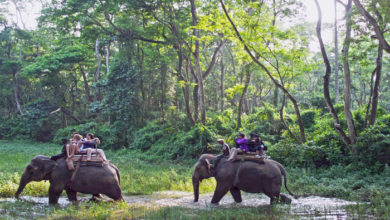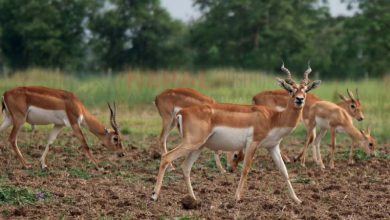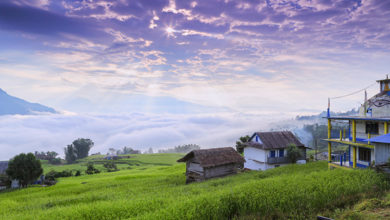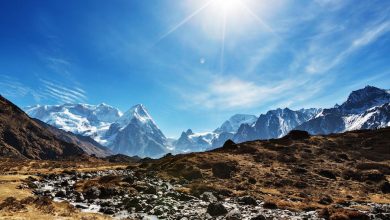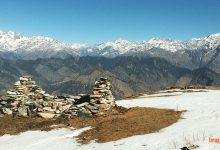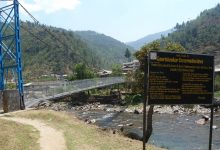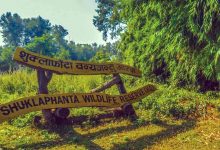Bardia National Park
Bardiya National Park is a protected area in Nepal that was established in 1988 as Royal Bardia National Park. Covering an area of 968 km2 (374 sq mi) it is the ...
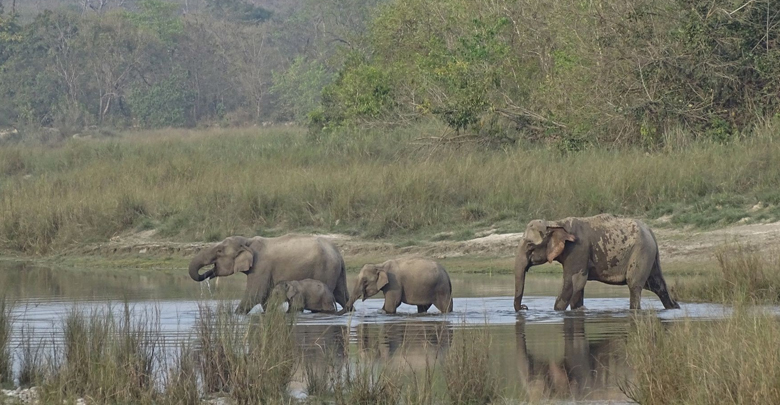
Bardia National Park is a protected area in Nepal that was established in 1988 as Royal Bardia National Park. Covering an area of 968 km2 (374 sq mi) it is the largest and most undisturbed wilderness area in Nepal’s Terai, adjoining the eastern bank of the Karnali River in the Bardiya District.
Bardiya National Park is Nepal’s most westerly, and the largest of its seven National Parks. The National Park along with Banke National Park is a Tiger Conservation area that homes more than 60 tigers. The Bengal Tiger of Bardia is its main attraction. Tourists in Bardia safari have the most probability of sightseeing and encountering wild Bengal Tiger than in other national parks of Nepal.
History of Bardia National Park
The park origin began in the late 1960s when some 368 sq km were set aside as royal hunting grounds. However, It wasn’t until 1982 that the Royal Bardia National Reserve was officially formed, and even then it didn’t become a fully-fledged National Park until 1988. The aim was to preserve the diversity of decreasing species, in particular, the tiger and its natural prey species.
Flora & Fauna of Bardia National Park
The flora recorded in the park comprises 839 species of flora, including 173 vascular plant species comprising 140 dicots, 26 monocots, six fern, and one gymnosperm species. The park has three distinct seasons, each providing a unique experience. The park is home to endangered animals such as the Royal Bengal tiger, wild elephant, Greater one-horned rhinoceros, swamp deer, and black buck, The other endangered species include gharial-crocodile, marsh mugger and Gangetic dolphin.
Things to do in Bardia National Park
Jeep Drive inside the Jungle, Elephant Safari, Village Tour, Elephant Breeding Center, Jungle Walk, Bird Watching are some of the major activities you can do in Bardia National Park.
Best time to visit Bardia National Park
Best time to visit the park is from September to December and Late February to May. A temperature in September to November remains clam however in December, it will get foggy. March to May weather temperature raises high which goes up to 40 degrees. There is a very high chance to see Royal Bengal Tiger in the Park in the months of April.
Accommodation in Bardia National Park
Tourists stay in nearby resorts built around the buffer zone. Most of the resorts are in the banks of Girwa River that covers the western border of the park. The resorts are near the town of Thakudwara.
There are numerous resorts, hotels, and lodges available near the park. Most of the popular resorts situated near Thakudwara which is a major tourist settlement destination.
The best option to choose a resort is by contacting your travel agency and discussing the resort you want to stay. The travel agency can help in providing the best resort as per your budget, requirements, and travel plan. You can also ask for recommendations from your travel agency on the best resorts available as per your travel needs.
Bardia National Park Entrance Fee
How to Get Bardia National Park
Daily buses run from Pokhara to Mahendranagar or Dhangadi via Ambassa Bardia. The journey takes around 12 hours with beautiful green hills, forests, rivers, and then through mainly flat and rural Terai. From Lumbini: Catch a bus from Lumbini to Butwal which will takes around 2-3 hours drive.
Daily buses run from Kathmandu to Mahendrenagar (alight at Ambassa). The bus takes around 15 hours and is a beautiful though long journey as you pass through mountains and forests and then through the mainly flat and rural Terai. Tickets cost from 1200 Nepalese Rupees.
Bardia National Park Map
Bardiya National Park lies in the Southwest region of Terai in Nepal. The park is the largest park of Terai region. The previous settlements that used to live inside were settled elsewhere to preserve the habitat, protect animals and plants inside the park. The park is long and adjoins with Banke National Park in the East.


